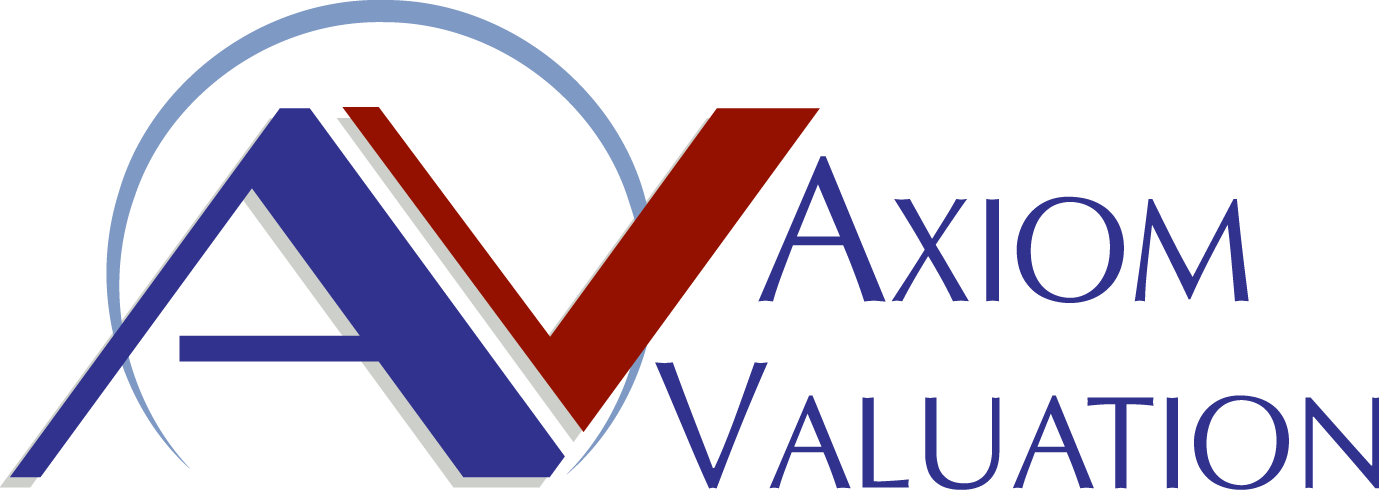A Research Note on the Value and Under Pricing of Life Policies
By: Dr. Stanley Jay Feldman, Chairman, Axiom Valuation Solutions
John Roberts, Managing Director, Axiom Valuation Solutions
As the leading age of the baby boom approaches 70, we can expect this cohort to not only seriously evaluate their wealth positions and income requirements to maintain their desired life styles, they will almost certainly scrutinize all living expenses, including expenditures on life insurance premiums, to determine whether expected benefits are sufficient to rationalize the expenditures made. While life products are often an important part of estate planning strategies, financial circumstances may be such that the insured no longer need the policy or the insured’s wealth position is such that the “instant estate” that a policy offers is no longer necessary. In other cases, unforeseen expenditures such as family health expenses may result in the insured no longer being able to make the premium payments and thus may seek the liquidity that a life policy may have. Under these circumstances, the insured has three options: They are:
- Surrender the policy. For a life policy with a cash build up, the insured can surrender the policy and receive the net surrender value (cash value less borrowing less surrender costs as determined by the insurance company issuing the policy).
- Sell the policy in the life settlement market.
- Transfer the policy to a non-for-profit entity and take a charitable contribution (against taxable income) up to 30% of the life policy’s fair market value.
While the insured will receive a cash payment under option 1 if the net surrender value is greater than zero, it may not be the optimal choice particularly where the insured is north of 70 and in poor health. In this circumstance, the insured will almost certainly be better off pursuing option 2. Option 3 will be preferred to option 1 and perhaps option 2 if the charity is willing to accept the life policy and the donor’s taxable income is high enough so that he/she can take advantage of the potential tax benefit. This outcome of course depends on the value assigned to the life policy. The typical solution up to this point is to “solicit bids” from the life settlement market (LSM). But these prices are generally well below fair market value which we demonstrate below.
The Under Pricing of Life Policies in the Life Settlement Market
The LSM developed from viaticals, the sale of life insurance policies held on AIDS patients. The limited life expectancies of the insured persons made the purchase of their policies an attractive proposition for both investors and the insured persons which used the proceeds of a sale to finance medical costs. The introduction of retro-virals and related measures significantly increased the survivability of AIDS patients, effectively closing the viatical market. Life settlements apply the viaticals’ concepts to seniors, predominantly those with impaired life expectancies.
Market Valuation: The secondary market potential in life insurance policies was projected by Conning Research to range between $156 billion and $192 billion in face value for 2013 through 2022 for an average gross market potential of $170 b
illion. Investors purchased approximately $2 billion worth of U.S. life insurance face values in 2012. This level is expected to continue, particularly given current economic conditions.
Prices offered by LSM investors reflect the fact that insureds often have limited options on the one hand and large cash needs on the other which result in LSM bid prices being lower than fair market value of transacted life policies. As a result, investors earn significant double digit returns that are far in excess of their costs of financing and well above returns earned on diversified portfolios of publicly traded stock and fixed income securities. While it is true that during the financial crisis life settlement investment returns suffered (see the chart below)[1], this result was predominately driven by a withdrawal of liquidity from the LSM and not a systematic failure of insurance firms’ ability to fund payouts. Hence, the basic economics underlying the LSM did not fundamentally change.

Why Life Settlement Returns to Investors are Too High and Life Settlement Payouts to the Insured are Too Low
The chart above indicates that life settlement IRRs are typically in the double digits at least through 2011. The chart below shows life settlement excess returns (IRR less the Treasury yield).
In addition to posting significant positive returns, the life settlement asset class has a low correlation with portfolios of publicly traded securities. This means that it has important diversification characteristics and as a result, a low market risk premium (expected excess return based on risk). We have estimated the long-term expected excess return on life settlement investments to be in the neighborhood of 2%.[2] The chart above shows that returns in excess of the 2% are positive and large. Returns in excess of the market risk premium on the life settlement asset class are referred to as abnormal returns. Large abnormal returns are generally not sustainable because competitive pressures bid returns down and prices up. However, life settlement investments are highly illiquid and part of this abnormal return could result from the fact that investors require an incremental return to compensate them for the illiquid nature of the asset class.
Based on research completed by Axiom Valuation Solutions on liquidity adjusted returns on syndicated loans[3], it appears that liquidity driven expected incremental returns are likely to be in the neighborhood of 3% for illiquid fixed income assets. The chart below subtracts a 3% liquidity premium from the life settlement returns to derive the liquidity adjusted abnormal return.
After adjusting life settlement returns for illiquidity, it appears that life settlement investments still generate sizeable abnormal returns. There are a number of reasons for this but the essential driving force is the fact that the LSM is an asymmetric market where the sellers have limited information as to what their policies are really worth. This results in the LSM underpricing life policies and the insureds often receiving far less than the policy is actually worth.
The data in the charts above are only through 2011. To test whether underpricing is a characteristic of the LSM currently, we calculated the IRR on three policies valued by Axiom Valuation Solutions using the highest bid price from the LSM. The results are shown below.
In each case the price shown is the best bid offered by an LSM intermediary grossed up by 15% which reflects payments made to various parties that are involved in facilitating a typical LSM transaction. The IRR shown reflects the policy purchase price and the premium payments the acquirer is committed to making based on the probabilistic- based life expectancy of the seller. The cost of capital reflects the financing cost based on how a typical LSM investor is expected to finance these life settlement investments. It is clear that each policy’s IRR is far greater than the cost of financing the life settlement investment. Like the historical data referenced earlier, these IRRs are also consistent with large abnormal returns. Abnormal returns on financial instruments should not persist for extended periods of time since there are no inherent barriers to entry either based on technology and/or regulation. This is certainly the case in the life settlement market. To appreciate the implications of abnormal return persistence, the chart below compares the fair market value of each policy with its respective grossed up LSM bid price.
These results indicate that fair market value of each policy is twice the grossed up life settlement bid price. This underpricing is even more significant when one considers that the seller in each case receives less than the value shown on the chart. In short, these results strongly support the conclusion that LSM sellers are transferring abnormal incremental value to investors and as a result the latter are earning abnormally high returns while the former are receiving far less than their life insurance policies are worth. While there are several factors contributing to this outcome, the predominant driving force is that the LSM is asymmetric and sellers are not fully informed about the value of their life policies.
Conclusion
The Life Settlement Market is an asymmetric market. It allows informed investors to earn abnormal returns because insureds and their agents may not have sufficient information to evaluate bid prices. If the LSM had a greater degree of transparency, LSM prices would be higher and better aligned with fair market value.
From September’s Axiom on Value
[1] Data from “Empirical Investigation of Life Settlements: The Secondary Market for Life Insurance Policies”, London Business School, Afonso V. Januário and Narayan Y. Naik, January 10, 2014.
[2] The returns of the life settlement asset class have a low correlation with the returns from the public equity markets. This implies that its market risk premium (systematic risk) is lower than for a diversified portfolio of equities. Research by Axiom Valuation Solutions indicates the risk premium varies around 2% and therefore we use this value here for comparison purposes only.






No Comments
Leave a Reply